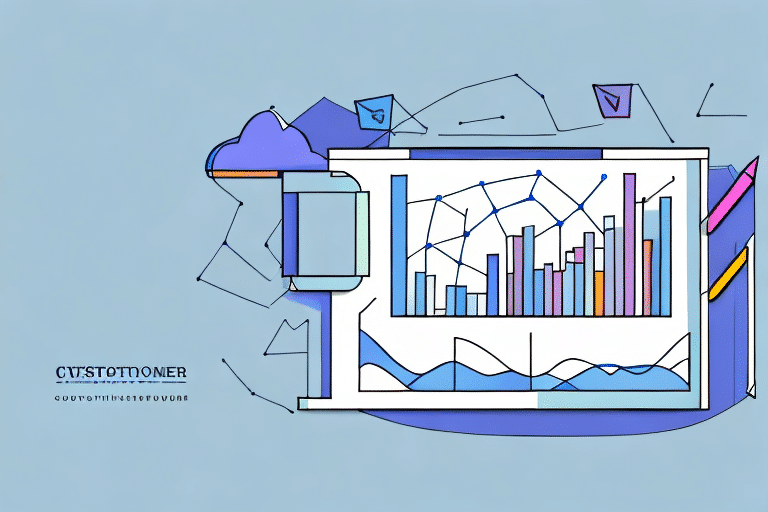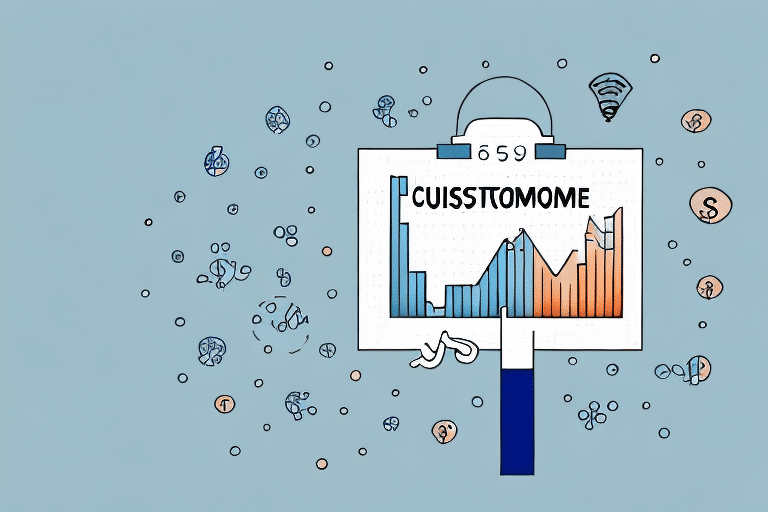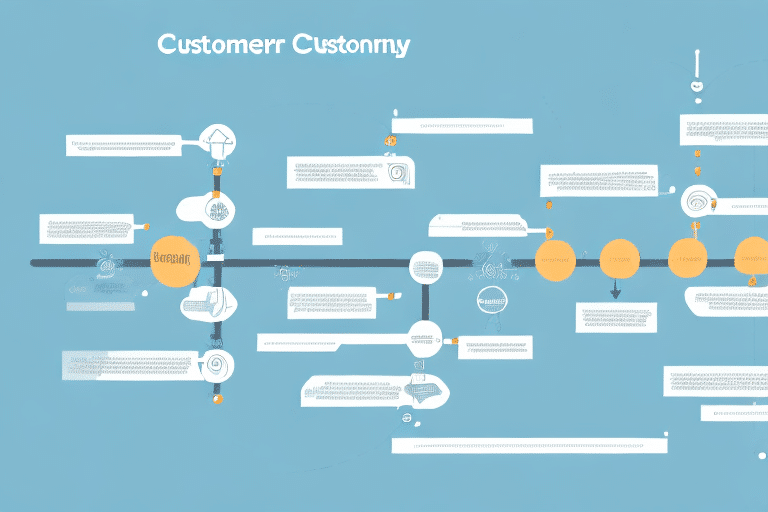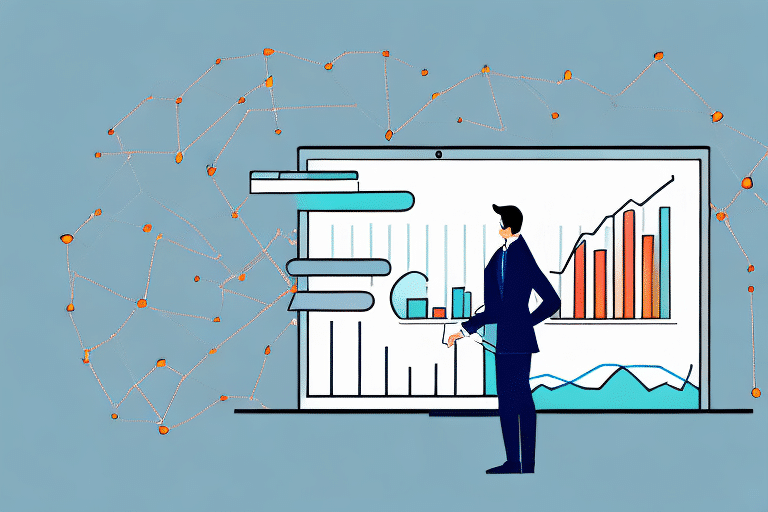Understanding the Importance of Customer Retention
In today’s competitive business environment, customer retention is more critical than ever. Retaining existing customers not only reduces the cost associated with acquiring new ones but also fosters a loyal customer base that can drive sustainable growth. According to Harvard Business Review, increasing your customer retention rate by 5% can lead to a profit increase ranging from 25% to 95%. This substantial impact underscores why businesses must prioritize strategies that enhance customer loyalty and satisfaction.
The Impact of Customer Retention on Profitability
Customer retention directly influences a company's profitability. Retained customers are more likely to make repeat purchases, refer others, and engage in upselling opportunities. This reduces the need for costly marketing campaigns aimed at acquiring new customers. According to a study by Bain & Company, a 5% increase in customer retention can boost a company's profitability by up to 95%.
- Reduced Marketing Costs: Retaining customers minimizes the need for extensive advertising and promotional efforts.
- Increased Customer Lifetime Value (CLV): Loyal customers tend to spend more over their lifetime with the company.
- Higher Referral Rates: Satisfied customers are more likely to recommend your business to others.
Calculating Your Customer Retention Rate
Measuring customer retention is essential to evaluate the effectiveness of your retention strategies. The retention rate can be calculated using the following formula:
Customer Retention Rate = ((E - N) / S) * 100
Where:
- E: Number of customers at the end of the period
- N: Number of new customers acquired during the period
- S: Number of customers at the start of the period
For example, if you start with 200 customers, acquire 50 new ones, and end with 220, your retention rate would be:
((220 - 50) / 200) * 100 = 85%
Regularly monitoring this metric helps identify trends and areas needing improvement.
Effective Strategies for Enhancing Customer Retention
1. Exceptional Customer Service
Providing outstanding customer service is fundamental to retaining customers. Prompt, empathetic, and effective responses to customer inquiries and issues can significantly enhance satisfaction and loyalty.
2. Loyalty Programs and Incentives
Implementing loyalty programs that reward repeat purchases encourages customers to continue doing business with you. Programs can include discounts, exclusive access to products, or reward points that can be redeemed for benefits.
3. Personalized Customer Experiences
Personalization enhances the customer experience by making interactions more relevant and meaningful. Utilizing customer data to tailor communications, recommendations, and offers can foster a deeper connection.
4. Regular Feedback and Improvement
Actively seeking and acting upon customer feedback demonstrates that you value their opinions and are committed to improving their experience. This can be done through surveys, reviews, and direct communication channels.
The Nexus Between Customer Satisfaction and Retention
Customer satisfaction is a pivotal driver of retention. Satisfied customers are more likely to stay loyal, make repeat purchases, and advocate for your brand. Tools such as customer satisfaction surveys and monitoring social media feedback can help gauge and enhance satisfaction levels.
Leveraging Technology to Boost Customer Retention
Modern technology offers numerous tools to aid in customer retention efforts:
- Customer Relationship Management (CRM) Systems: These systems help manage and analyze customer interactions and data throughout the customer lifecycle.
- Artificial Intelligence (AI) and Chatbots: AI-driven tools can provide personalized support and automate responses, enhancing the customer experience.
- Data Analytics: Advanced analytics can identify trends, preferences, and potential issues, allowing for proactive retention strategies.
Investing in these technologies can streamline retention efforts and provide deeper insights into customer behavior.
Avoiding Common Pitfalls in Customer Retention
While focusing on retention, businesses must steer clear of common mistakes that can undermine their efforts:
- Ignoring Customer Feedback: Failing to listen and respond to customer feedback can lead to dissatisfaction and churn.
- Neglecting Existing Customers: Overemphasis on acquiring new customers at the expense of existing ones can result in high churn rates.
- Poor Employee Training: Inadequately trained employees can deliver subpar customer service, negatively impacting retention.
The Future of Customer Retention: Emerging Trends
Looking ahead, several trends are shaping the future of customer retention:
- Enhanced Personalization: Leveraging data to create more personalized and relevant customer experiences.
- Omnichannel Engagement: Providing seamless interactions across multiple platforms and devices.
- AI and Automation: Utilizing AI to predict customer behavior and automate retention strategies.
- Community Building: Fostering a sense of community around your brand to enhance loyalty.
Staying abreast of these trends and integrating them into your retention strategies can position your business for long-term success.
Conclusion
Customer retention is a vital component of business sustainability and profitability. By implementing effective retention strategies, leveraging technology, and avoiding common pitfalls, businesses can build a loyal customer base that drives growth and success. Continually measuring and refining your retention efforts ensures that your strategies remain effective and aligned with evolving customer needs and market dynamics.








